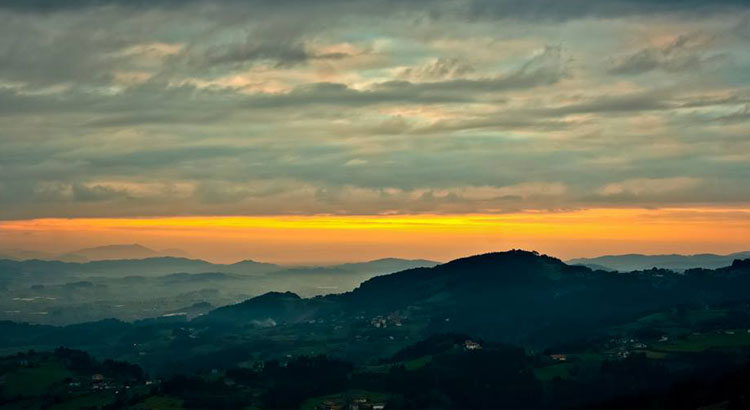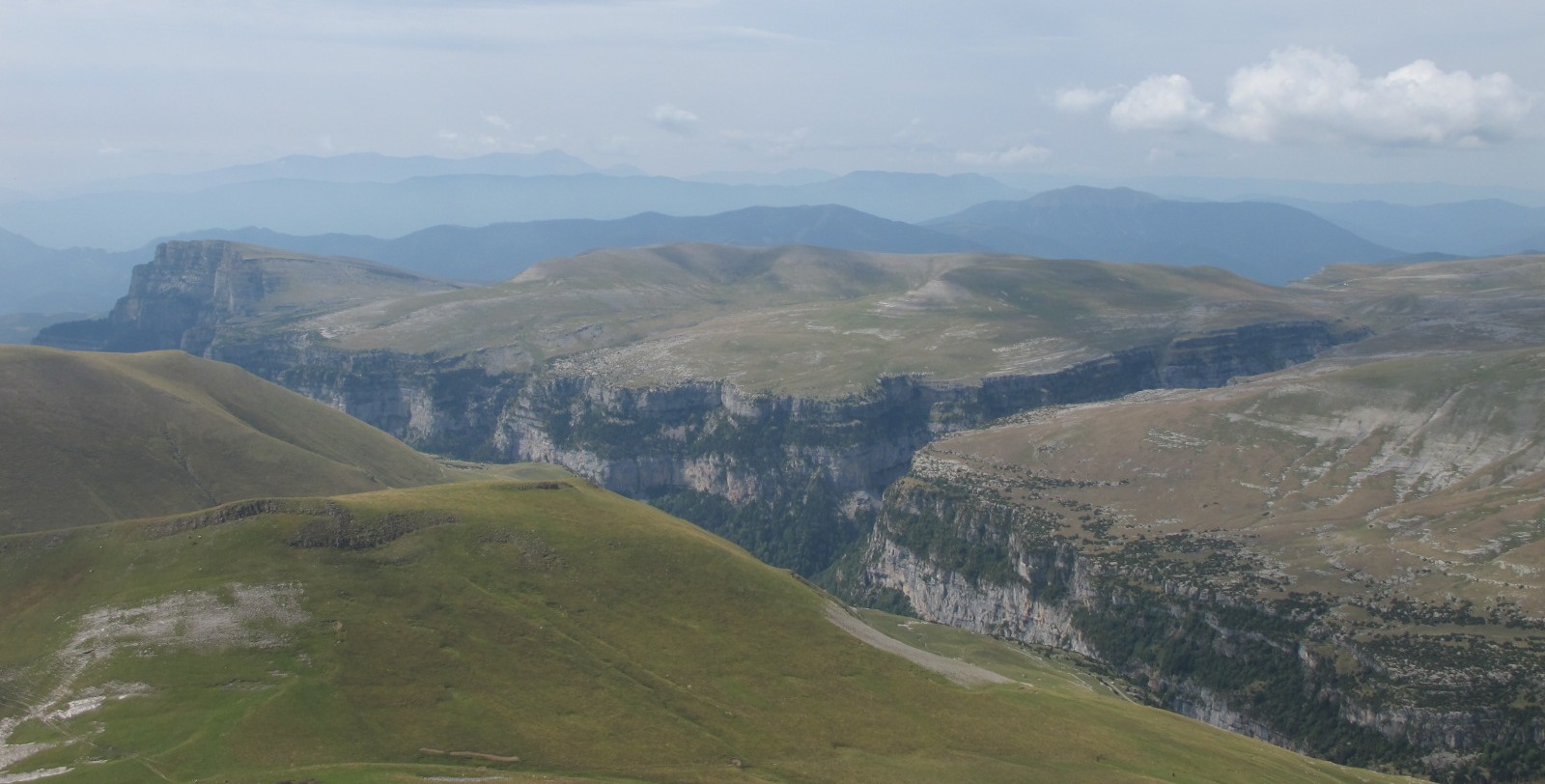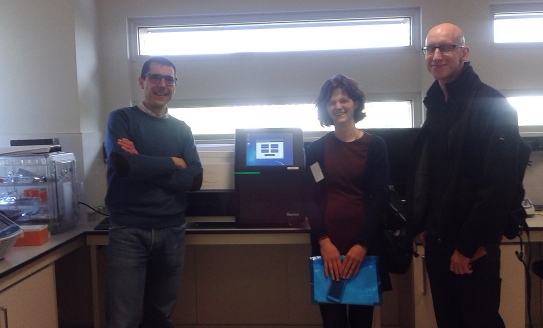It is increasingly recognized that soils provide multiple benefits to people, the environment and the economy, and that healthy soils are fundamental for achieving them. Soil functions include providing food, fibre and fuel, decomposing organic matter and recycling nutrients, distributing rainwater, etc. However, the soil resource and the functions it provides are constantly threatened by a wide range of risks at different scales, from local issues such as inadequate management, local pollution and erosion, to global issues such as air pollution and, of course, climate change. Furthermore, it is reasonable to assume that these risks will continue or intensify in the coming decades.
The state of soils needs to be monitored to see how they are changing and to understand the pressures on them. Soil monitoring networks can be described as: “A purpose-built set of sites to document changes in soil characteristics through periodic assessment of a broad set of soil parameters”. The use of custom-built soil monitoring networks is the most effective way to reliably assess temporary changes in soil status at the territorial level. Soil quality monitoring networks have been in operation in many European countries for years; the LURSARE project, funded by IHOBE, aims to fill this gap in the Basque Autonomous Community. In this sense, it is initially proposed to address a design phase of a soil quality monitoring programme, selecting the sampling points, depth(s), sampling frequency, soil properties to be determined, methodologies, etc.
Undoubtedly, a network of systematic and coordinated monitoring of soil quality in the Basque Autonomous Community will provide essential data for the management of the territory and the application of better policies on the sustainable use of soil resources. There are many questions about our soils that need to be answered: Under what conditions do they lose or gain carbon? What are the effects of different management practices on the mitigation of climate change, diffuse pollution or flooding? How can we promote high rates of agricultural and forestry production in a sustainable way? How to maintain biodiversity, which sustains the provision of other ecosystem services? How to promote a good soil structure that will control erosion and landslides?




